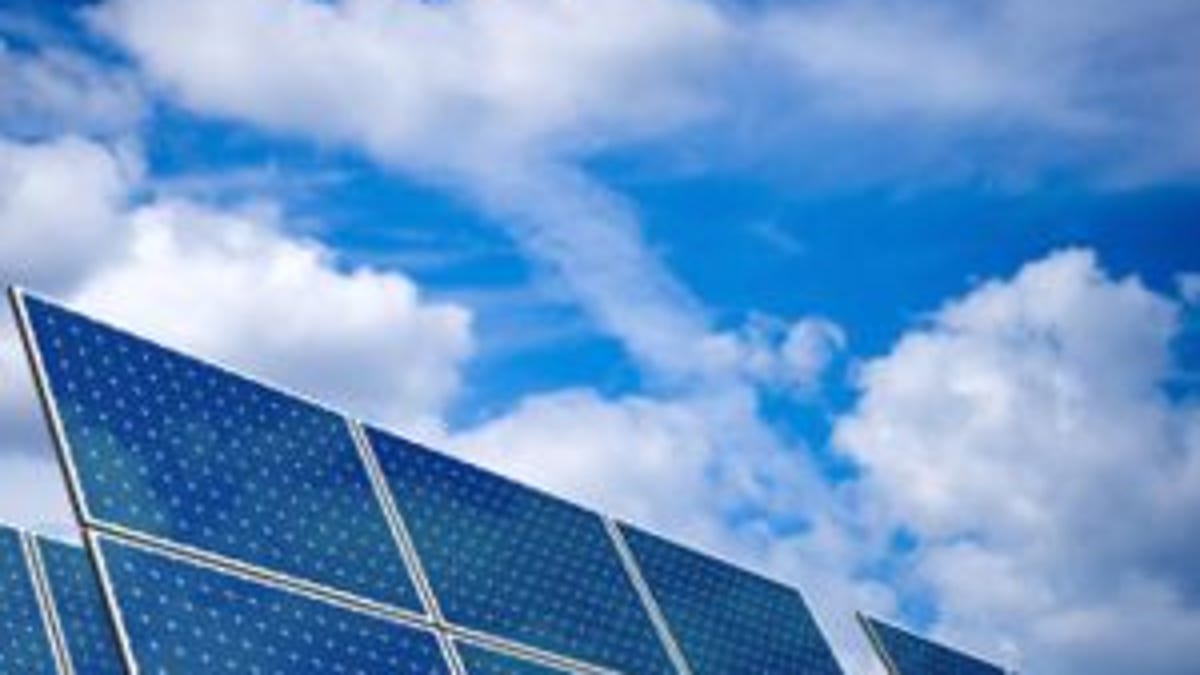Apple touts N.C. solar array in environmental footprint report
Company says array powering massive data center will be the largest end-user-owned operation in the country.

Apple's massive North Carolina data center will be powered by the nation's largest end-user-owned solar array, the company revealed today in a report on its environmental footprint.
The facility, which is being constructed in Maiden, N.C., has been awarded LEED Platinum certification from the U.S. Green Building Council, the company said in its report.
"We know of no other data center of comparable size that has achieved this level of LEED certification," the company said in its report. "Our goal is to run the Maiden facility with high percentage renewable energy mix."
Although brief, this is the first information the company has publicly revealed about the project. The company won approval last October to reshape the slope of 171 acres of vacant land it owns adjacent to the data center in preparation, according to permits issued in Catawba County. However, the permit offered no details about the solar farm project itself, including its size.
Apple has reportedly spent $1 billion to build a 500,000-square-foot behemoth of a data center in city. Apple uses it as part of the back-end behind iCloud, it's storage and sync service the company launched last October. Apple's servers also power Siri, the voice assistant on the iPhone 4S.
Apple also estimates it created 23 million metric tons of greenhouse gas emissions in 2011, 98 percent of which was related to the company's products. Sixty-one percent of Apple's greenhouse gas emissions comes from manufacturing, including the extraction of raw materials and assembly; 30 percent from product use by consumers; 5 percent are the result of transporting products to sell them; and 2 percent comes from recycling.
The 2 percent not directly related to Apple's products comes from the company's facilities, including corporate offices and distribution hubs. The company says it has eliminated 30,000 metric tons of carbon dioxide equivalent emissions thanks to some facilities in California, Texas, Ireland, and Germany running completely on renewable energy.

